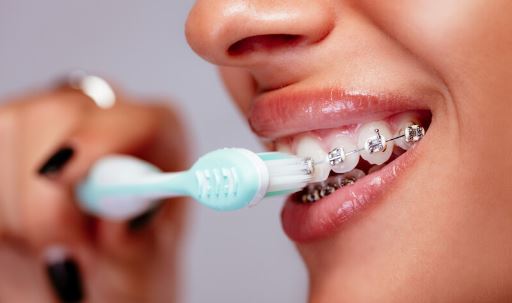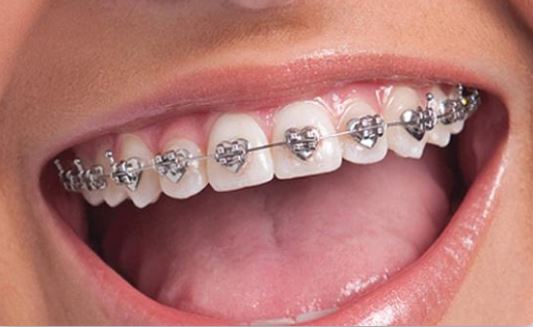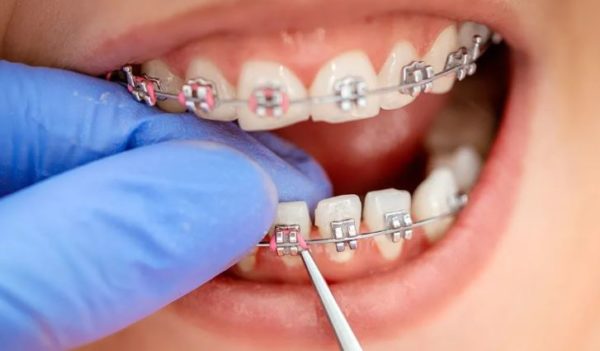Lifestyle
How to practise good dental hygiene if you have braces

Your oral health depends on maintaining good dental hygiene because doing so lowers your chances of gum disease and tooth decay.
Failure to maintain good oral hygiene may cause uncomfortable or embarrassing symptoms.
You might not give tooth brushing and flossing much thought, or maybe you only floss a few times a week, and are a little lazy about it, but it is important to keep your teeth and gums clean and free of plaque while your braces are on.
Braces are the answer to several dental concerns: They are worn to straighten teeth for aesthetic reasons, to fix gaps, to correct over-or under-bites, to help solve speech impediments and address issues like spacing or an overcrowded mouth.
Braces, whether used for structural or cosmetic reasons, may require some getting used to, and you may need to adjust your daily oral hygiene practices to keep them clean according to Waterpik.
Further, you must improve your routine and be even more conscientious about your everyday dental hygiene routines when you have braces.
Although brushing and flossing takes a little longer with braces, the extra effort is well worth it. Keeping braces clean is a little more challenging due to all the little nooks and crannies. Waterpik offered the following advice for oral hygiene:
1. Brushing
Brush after every meal to remove food particles and prevent plaque and bad breath. Whether you use an electric, or manual toothbrush, is entirely up to you. Start with your top teeth.
Hold your toothbrush at a 45-degree angle against the top of your braces, and gently brush in small circular movements. Brush the inside of your top teeth and repeat the process on your bottom teeth.
2. Flossing
The only way to clean in between teeth and along the gum line is with floss. Using a water flosser is a quick and simple approach to eliminating plaque from the area surrounding dental braces and improving gum health.
It is clinically proven more effective than dental floss for people with braces, plus it’s a lot easier to use.
How is water flossing different?
A standard floss is an efficient tool for cleaning the tiny gaps in between teeth, which may assist to lessen bleeding and gum disease.
A water flosser is a device that aims a stream of water at the teeth. It’s also called an oral irrigator or a dental water jet.
According to the Mayo Clinic, there is no need to switch if you use regular dental floss and don’t experience bleeding or other issues.
For those with braces, other orthodontics, or dental procedures that make it difficult to use regular dental floss, using a water flosser can be beneficial. A water flosser may also be useful for people who have trouble flossing by hand.
How does it work?
Fill the water flosser reservoir with lukewarm water and place it firmly on the base. Insert the flosser tip and click on the handle. Adjust the pressure control (start at low pressure), lean over the sink, and place the tip in your mouth.
Turn the unit on. Starting with the back teeth, aim the tip at the gum line. Pause and lightly brush the area between the teeth and all around the orthodontic bracket or appliance. Proceed to the next tooth until all teeth in the top and bottom rows have been cleaned.
To keep track of your oral health, see the dentist regularly. Speak with your dentist if you have concerns about flossing and discuss what is best for you.









